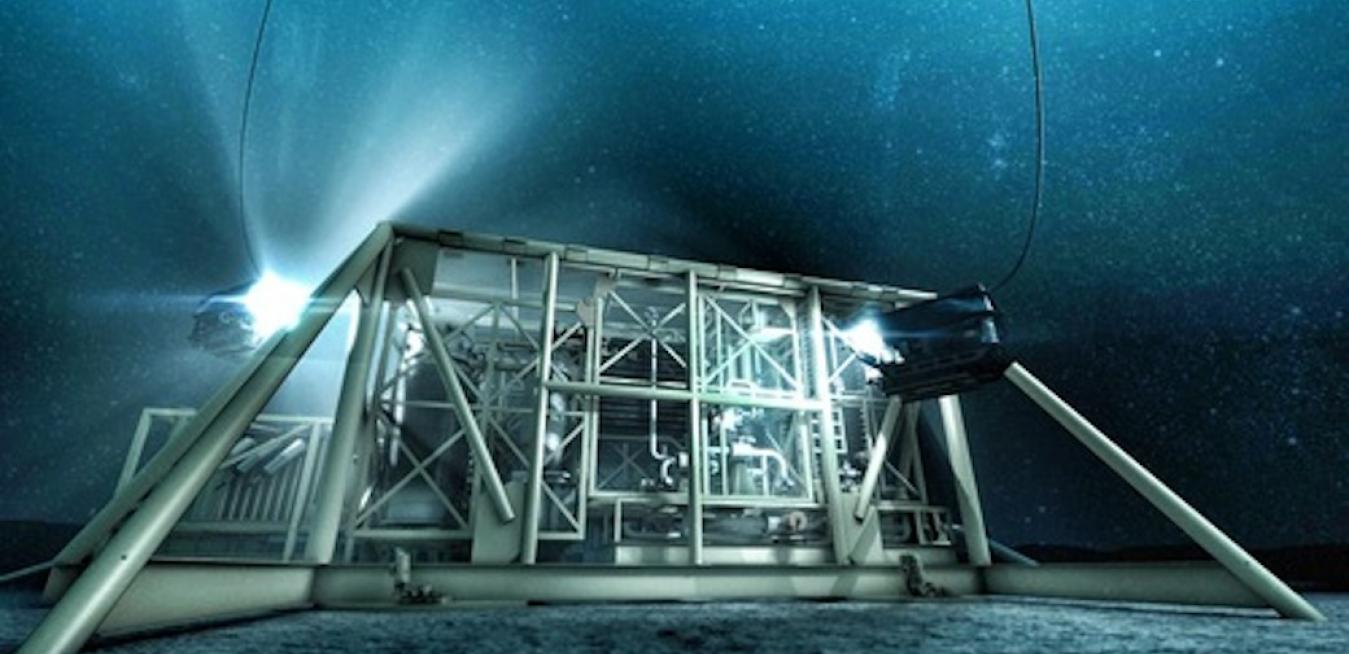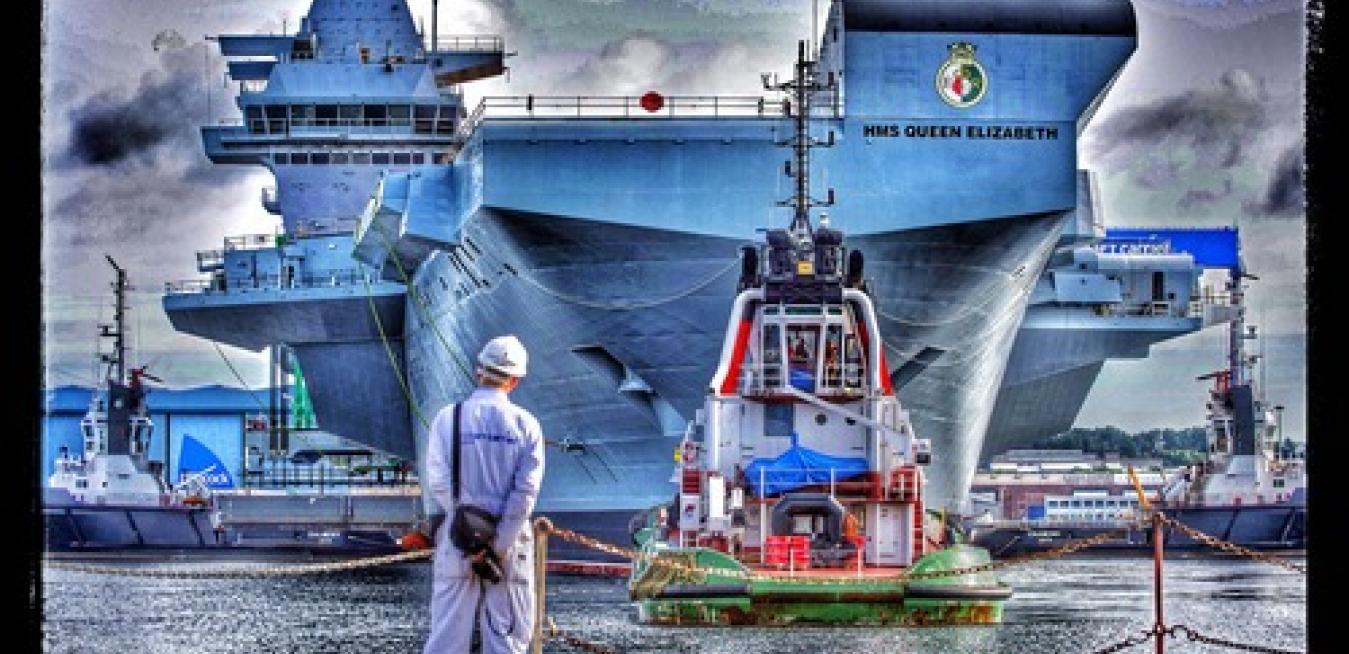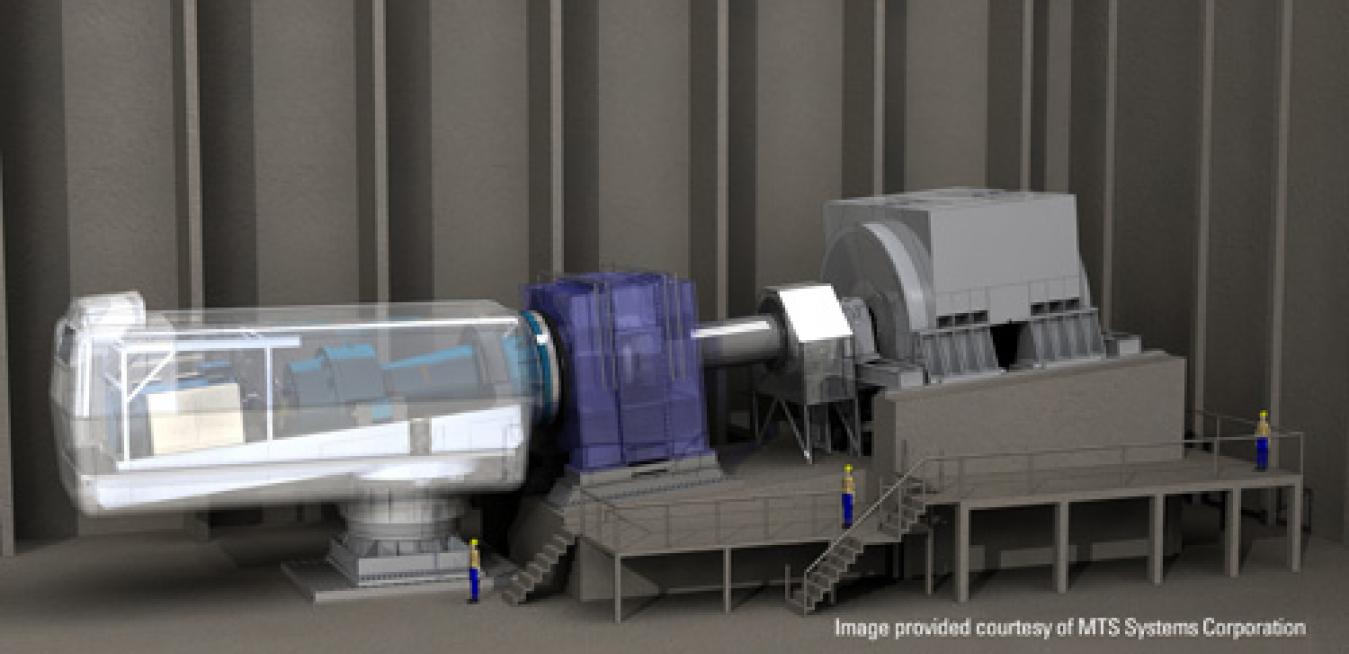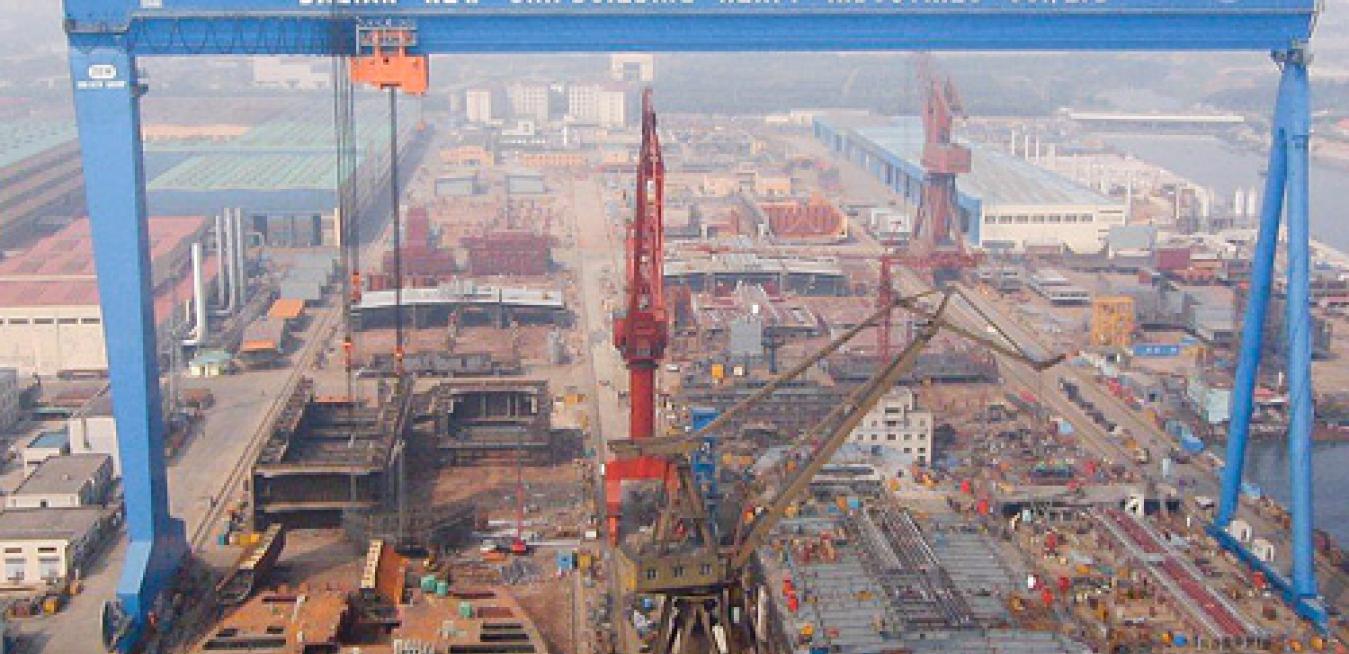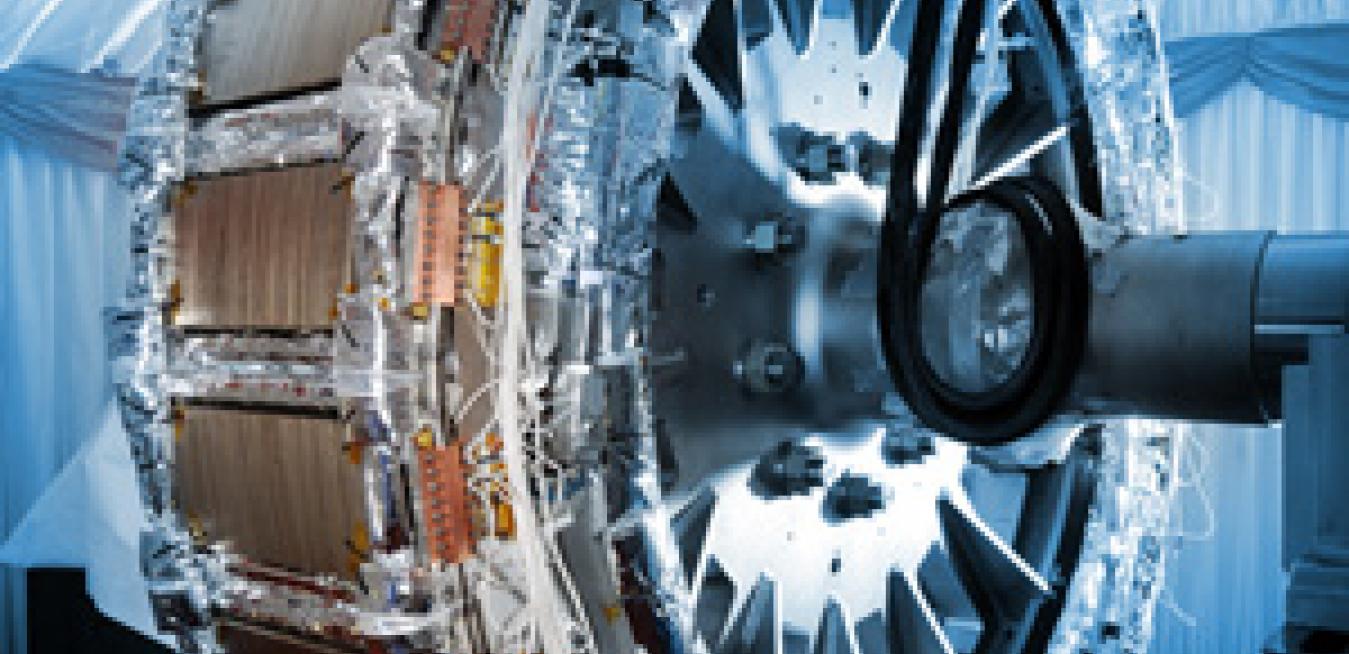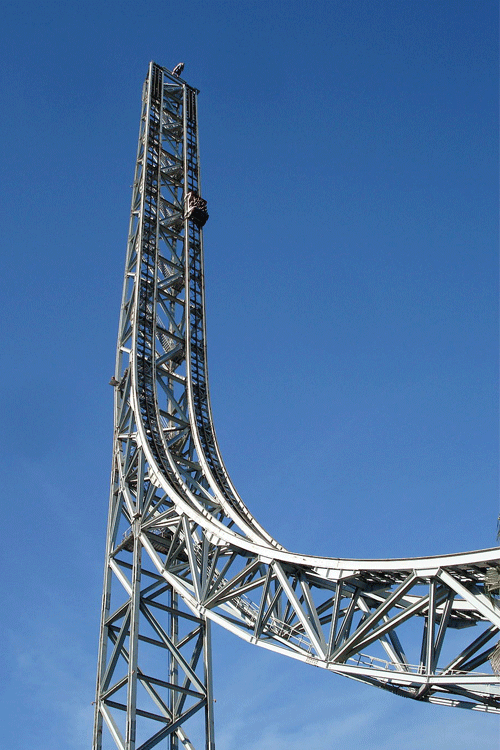That’s the type of incredibly harsh environment that GE researchers are competing with as we design electrification equipment for our customers that will power oil and gas processing functions reliably on the seabed.
GE engineers have designed a new monster motor for testing wind turbines capable of generating extreme torques produced by gale force winds and nasty offshore storms. “It’s basically a huge wind turbine in reverse,” says Franz Hubl, global business leader for test systems at GE Power Conversion. “It generates torque instead of electricity. We can put a lifetime of stress on a wind turbine prototype in just 200 days.”
New test bed can exert a lifetime of stress on a wind turbine prototype in just 200 days.
The Goliath gantry crane at China’s Dalian shipyard is so large that the old Giants Stadium in the Meadowlands would fit snugly within its 4,000-ton frame. But unlike its biblical namesake, this behemoth, which is 650 feet wide and 320 feet high, is no pushover.
Ever since Ulysses plunged his oar in the wine-dark Aegean Sea, mariners have been looking for an efficient way to move a ship. Greek galleys anticipated Robert Fulton’s paddle wheel, which was put out of business by the screw propeller. But GE engineers now built and patented a new machine that attaches to the bottom of a ship like a jet engine to an aircraft wing, and looks like one too. The device, called the Inovelis pump jet, can swivel 360 degrees around its axis and push the ship in any direction without a rudder.
A century ago, Dutch physicist Heike Kamerlingh Onnes cooled a ring made from mercury near the absolute zero [at 0 Kelvin (minus 459 F) the coldest possible temperature], sent through electrical current and removed the battery. One year later, the current was still flowing. The experiment helped Kamerlingh Onnes discover superconductivity, a physical phenomenon that drops electrical resistance to zero in extremely cold metals.
When the Superman: Escape from Krypton roller coaster opened at Six Flags Magic Mountain theme park in Valencia, California, in 1997, it was the tallest ride in the world and one of the fastest. The coaster can shoot a 6-ton car carrying 15 people up a vertical tower 415 feet tall at 100 miles per hour. The Escape was the first ride in the world powered by an electric linear motor system, developed by engineers at GE’s Power Conversion business.
